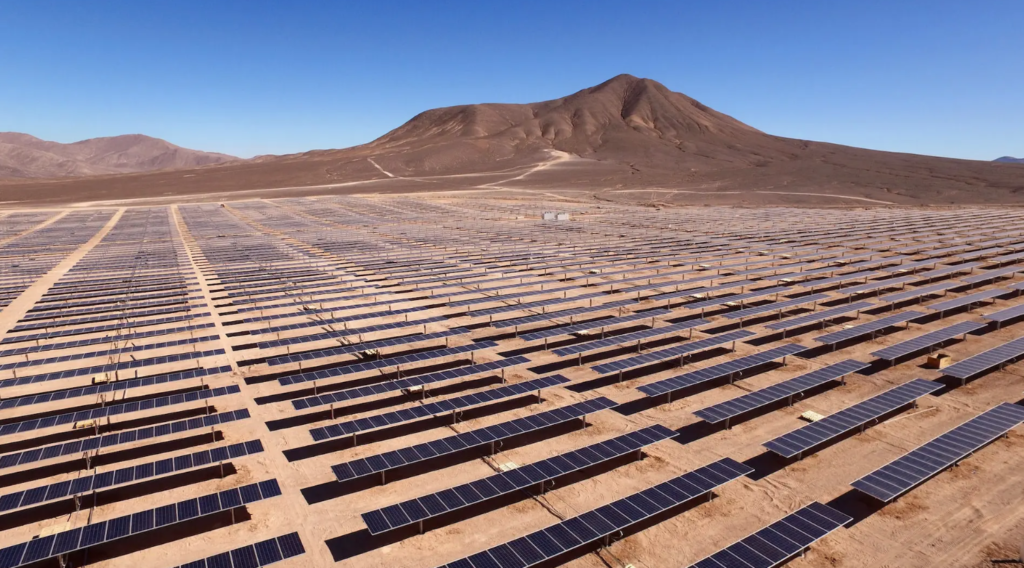The momentum of the solar transition and its problems
(sustainabilityenvironment.com) – The solar tipping point? The world may have already reached and passed. The technological trajectories, set in motion by past policies, would have brought solar energy to an irreversible critical point. A breakthrough that makes photovoltaics the dominant energy source in global electricity markets. And well before 2050.
The consideration belongs to a group of scientists from the University of Exeter and University College London who, through a technological and economic model based on data, wanted to establish the levels of predominance of the various energy sources in the medium and long term future. According to Dr Femke Nijsse of the Global Systems Institute in Exeter, “recent advances in renewable energy make fossil fuel-based projections no longer realistic”. In other words, the ‘business as usual‘ scenario adopted to date for the energy sector would no longer reflect the reality of the situation.
Solar Tipping point, back no back
Throughout its history, solar has experienced highly high learning rates, thanks to its simplicity, modularity and replicability on a large scale. In recent years the technology has improved further, brought to market new options such as perovskite solar cells, increased the efficiency of recycling practices, and took advantage of the progress achieved in energy storage. These factors show the solar tipping point, understood as a point of no return in the diffusion of solar.
“Older projections often rely on models that see innovation as something that happens outside of the economy,” Nijsse stresses. “In reality, there is a virtuous circle between the implemented technologies and the companies that learn to do so more economically. When this cycle is included in the projections, it is possible to represent the rapid growth of solar in the last ten years and in the future”.
Four barriers to photovoltaic dominance
According to the authors of the study, photovoltaic energy could become the main source of electricity in the world before the middle of the century. But this forecast must not give political decision-makers any responsibility. On the contrary, scientists point out, that barriers already exist today that make future solar electrical systems “stuck in configurations that are neither resilient nor sustainable“. The authors have identified four major problems on which to focus the attention of governments.
Network flexibility: solar energy is by nature a non-programmable and intermittent source. To make the electricity networks it is necessary to invest in infrastructure, build new regional connections, expand energy storage, and focus on demand management services. Supporting the early stages of research and development with government subsidies.
Fair access to finance: Currently, low-carbon finance is mostly concentrated in high-income countries. It is necessary not to leave behind those with low incomes – especially those in Africa – where, moreover, the investment potential is high.
Supply chains: A future dominated by photovoltaics will likely require large volumes of metals and minerals. Not only those used in cells, but also those needed for batteries and power lines.
Political opposition: A rapid solar transition could jeopardize the livelihood of 13 million people worldwide working in fossil and related industries. Regional economic and industrial development policies can address inequalities and mitigate the risks posed by the resilience of declining industries.
Consult the study in the journal Nature Communications.

